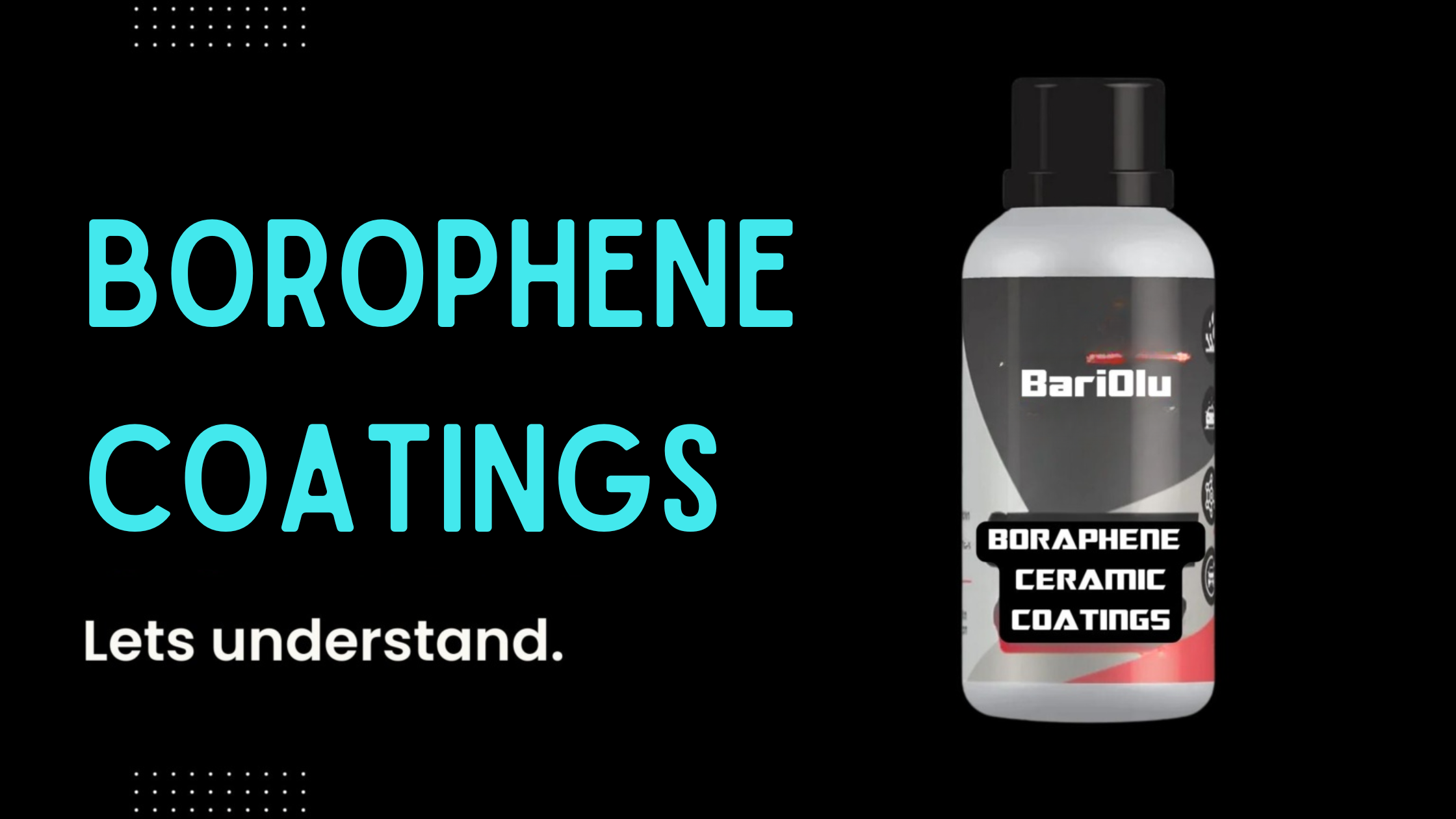In the ever-evolving field of automotive coatings, borophene has emerged as a groundbreaking material with the potential to revolutionize the industry. This highly technical blog post delves into the intricacies of borophene coatings, exploring their composition, discovery, manufacturing process, and their potential application in automotive paints. We will also address the pressing question: Is it truly worth the hype in real-world applications?
1. What is Borophene?
Borophene is an advanced two-dimensional material that belongs to the family of 2D materials, much like graphene. Unlike graphene, which is composed of carbon atoms arranged in a hexagonal lattice, boraphene consists of a one-atom-thick layer of boron atoms. This atomic structure imparts unique properties to borophene, making it a material of significant scientific interest.
2. Composition of Borophene
Borophene’s composition is primarily boron atoms arranged in a honeycomb lattice pattern. This arrangement results in exceptional strength, flexibility, and conductivity properties.
3. Discovery and Origin
Borophene’s discovery can be traced back to 2015 when researchers at Northwestern University first synthesized it through a process involving chemical vapor deposition (CVD) on a silver substrate. The synthesis of borophene was a remarkable achievement, shedding light on the potential of boron-based 2D materials.
4. Manufacturing Process
The manufacturing of borophene involves the use of chemical vapor deposition. In this process, boron atoms are deposited onto a substrate, typically a metal surface, under controlled conditions. The result is a single layer of boron atoms arranged in the desired lattice structure.
5. Application in Automotive Paints
Borophene’s remarkable properties, including its strength and conductivity, have led to speculation about its potential in automotive paints. Proponents suggest that borophene coatings could provide enhanced protection against environmental factors, such as UV radiation and corrosion, and improve the longevity of a vehicle’s paint job.
Currently there are only a handful of manufacturers who are processing Borophene for Automotive Paints.
1. NanoPro
2. Glassparency
Some manufacturers are claiming it to withstand upto 3000°C and claim permanent adhesion and excellent coverage of 4 to 5 cars with a 50ml.
Watch Video where Scott explain in detail.
https://www.youtube.com/watch?v=tJudXvpfkM8
6. Does Borophene Really Protect?
While the theoretical potential of borophene coatings is intriguing, their practical efficacy in automotive paints is yet to be fully realized. The technology is in its infancy, and extensive real-world testing is required to determine if borophene coatings can deliver on their promise of superior protection.
7. Is it Worth It?
As of now, it is premature to conclude whether borophene coatings are worth the investment for automotive applications. While the material’s unique properties are promising, the industry needs time to conduct rigorous testing and refinement to assess its true potential.
8. Conclusion
In the ever-evolving world of automotive coatings, borophene stands as an exciting prospect. Its unique atomic structure and potential protective properties have captured the attention of researchers and automotive enthusiasts alike. However, it’s essential to recognize that, at present, the application of borophene in real-world automotive scenarios is still in its experimental stage. Until comprehensive testing and refinement are conducted, it’s too early to definitively state whether borophene coatings are the future of automotive paint protection.
In conclusion, borophene may hold the key to groundbreaking advancements in the automotive industry, but cautious optimism should guide our expectations as we await further developments and real-world applications.
Disclaimer : The content provided on this blog by Torquoholic is intended for informational purposes only. The views and opinions expressed herein are those of the individual authors and do not necessarily reflect the official policy or position of Torquoholic as a whole. Some content posted on this blog is created by Torquoholic's team, while other content is derived from various sources on the internet, books, discussions, and knowledge sharing by industry professionals. While we strive to ensure the accuracy and reliability of the information provided, we cannot guarantee its completeness or timeliness. The information presented on this blog is based on our personal research and understanding of the topic at hand. It should not be interpreted as a comprehensive education on the subject matter. Readers are encouraged to conduct their own research and consult with relevant professionals for specific advice or information. Torquoholic shall not be held liable for any errors, omissions, or inaccuracies in the content provided on this blog, nor for any actions taken in reliance thereon. We disclaim any responsibility for the content of external websites linked to from this blog. By accessing and using this blog, you agree to indemnify and hold Torquoholic and its authors harmless from any claims, damages, or losses arising from your use of the information provided herein. Thank you for your understanding and continued support.




